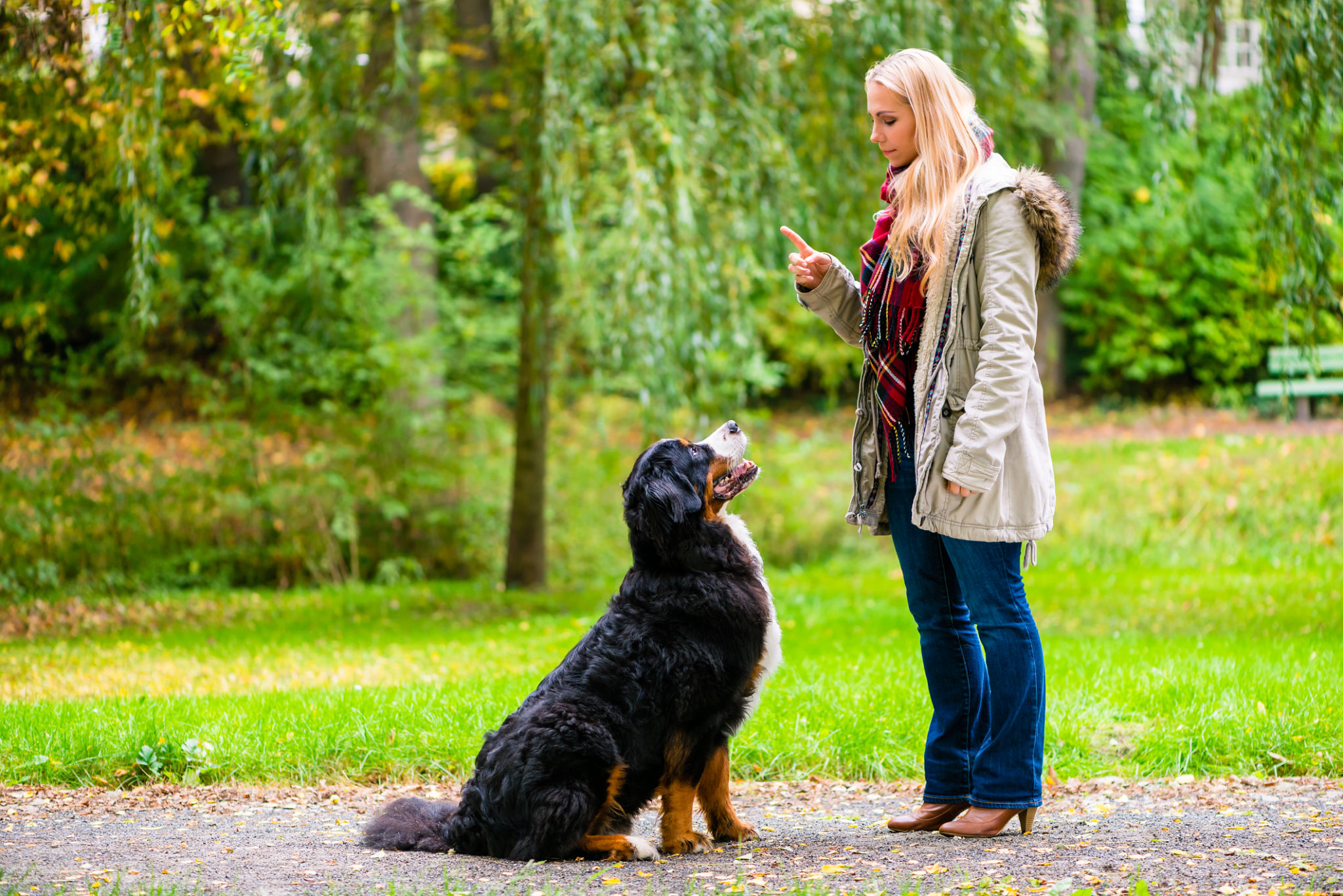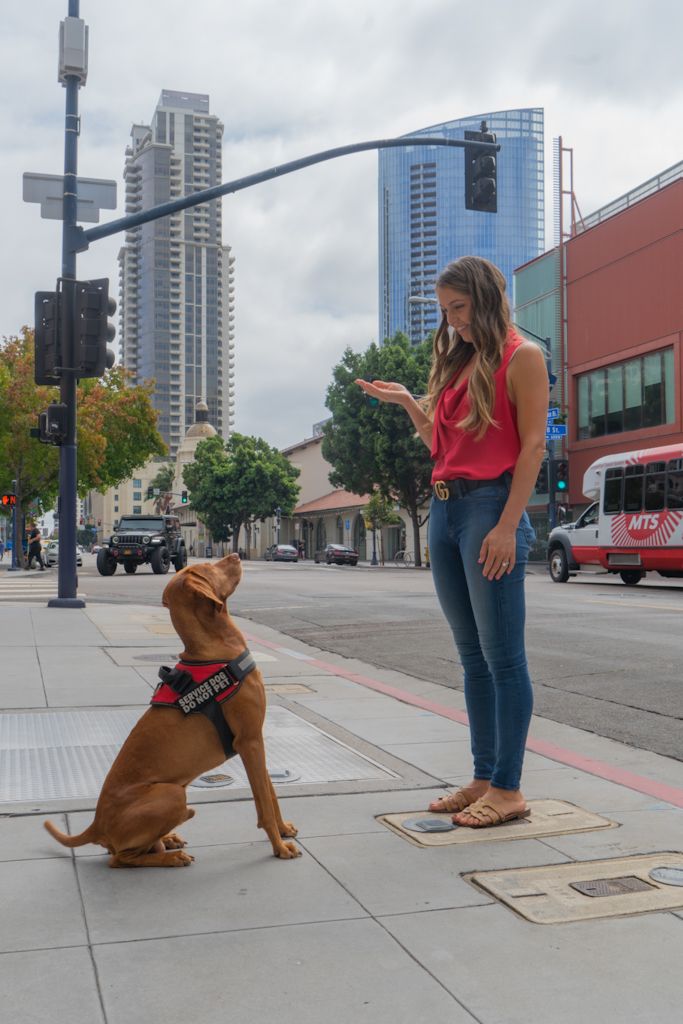The 3 D's That Make Your Dog Obsessively Well Behaved
Al
Want your dog to actually listen outside your living room?
You’re not alone—and the good news? It’s totally possible. When you train your dog with real intention, they don’t just behave—they become your ultimate travel companion.
The right training is like a passport: it gets your pup calmly through airports, snoozing in hotel rooms, and chilling under the table at your local outdoor patio while you sip rosé.
The secret? It all comes down to the Three D’s: Distance, Duration, and Distraction. Master those—and you’ll go from chaos to calm without missing a beat.

1. Distance
— Definition: How far you're from your dog when giving a command.
Most dogs follow commands when you’re standing right next to them—but what happens when you’re across the room? Or across the park? That’s where distance training comes in.
Start small. A few feet. Then slowly increase. Let your dog build confidence at each level before moving farther away.
Pro tip: If you walk away and they follow you? That’s not a win. They think that’s part of the command. Instead, go back to them to reward while they’re still holding position. That reinforces the stay—not the chase.

2. Duration
— Definition: How long your dog holds the position.
Your dog might sit—great. But can they stay sitting for more than a second? That’s duration.
Start with a literal blink. Reward quickly. Then build—one second at a time. If they break the command, don’t correct. Just dial it back to what they can do, then slowly work your way up again.
And never reward after they break. Reward them while they’re holding it. That’s how you reinforce the stay, not just the sit.

3. Distraction
— Definition: Anything competing for your dog’s attention—sounds, scents, people, dogs, squirrels, life itself.
In the beginning, even the click of a pen can throw your dog off. So early training should happen in the quietest, most boring room in your house.
Once your dog is solid on distance and duration, then you layer in distractions:
- Move to different rooms
- Add background noise
- Practice with other dogs nearby (but not interacting)
- Work on harder surfaces (avoid grass at first—it's basically a sniff buffet)
Whether indoors or out, always use a leash to maintain control while you increase the chaos.
How to Combine Like a Pro
Never train all three D’s at once. Master one before layering the next.
When working on distance, reduce duration and keep distractions minimal.
Only blend them once your dog is consistently solid at each.
Why No Shortcut Will Beat This
Your dog may sit perfectly inside your living room. But take them 20 feet away with squirrels running by? Suddenly “stay” means “adventure time.” That’s because dogs don’t automatically generalize commands—they might think "sit" means “sit right here, under these exact conditions.” Our job is to teach them context flexibility via the Three D’s approach.
Putting it all together
Work on one D at a time. Always leave distractions for last.
When building distance, shorten your duration and remove distractions.
Once your pup nails all three in every room of your house, move the training to your backyard…then your front yard…then your local Starbucks patio. (Yes, seriously.)
Practicing in different environments is what makes your training stick.
Final Thoughts
Training your dog isn’t a race—it’s a journey. And yes, some days it’s going to feel like a lot. Burnout is real.
But the payoff? A dog who listens in public, handles travel like a pro, and lets you explore the world without stress.
💬 Need a little backup?
If you’re feeling stuck or just want a roadmap that actually works, message us today for a free consult. Let’s get your pup travel-ready, together. Schedule your call HERE.

